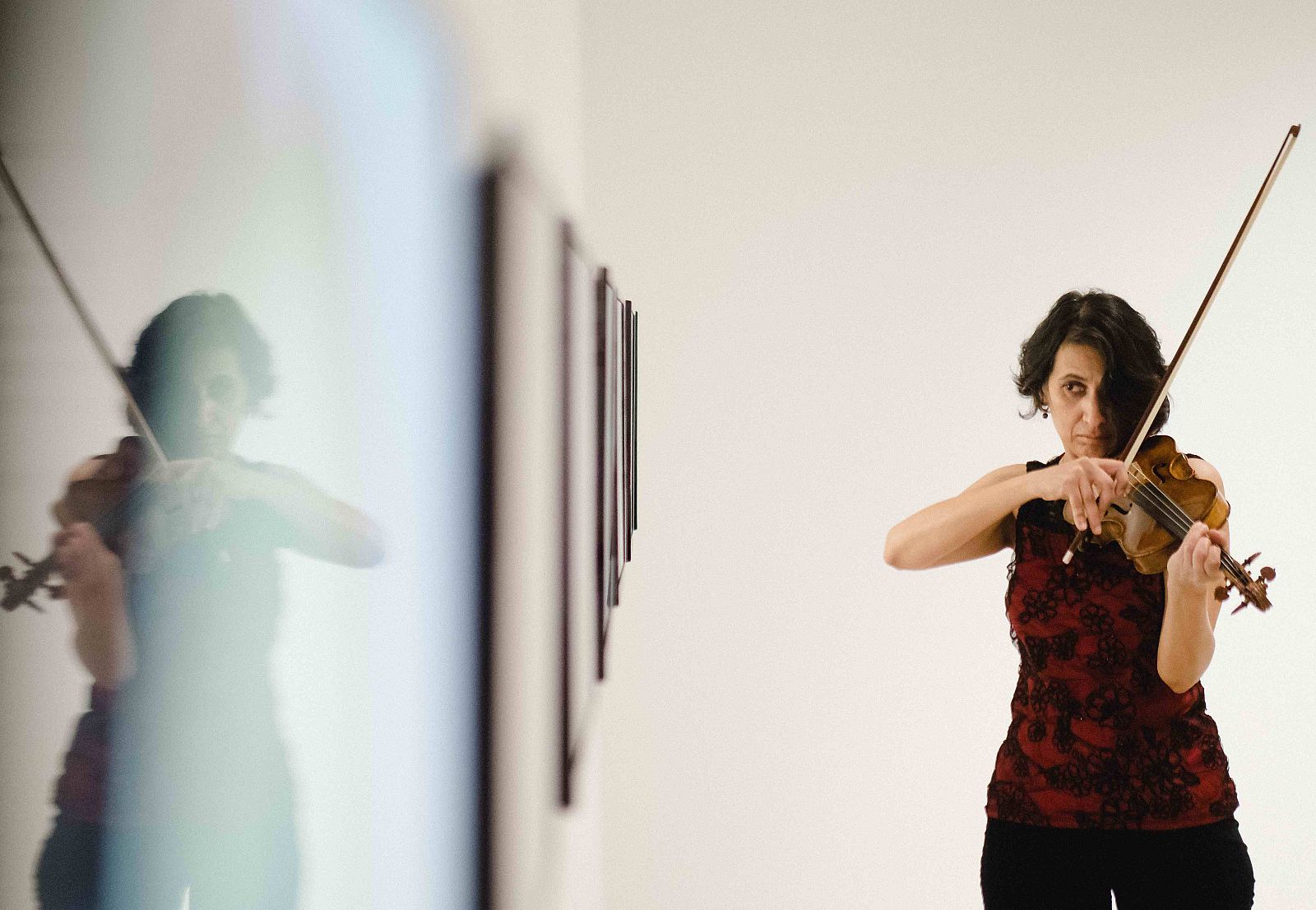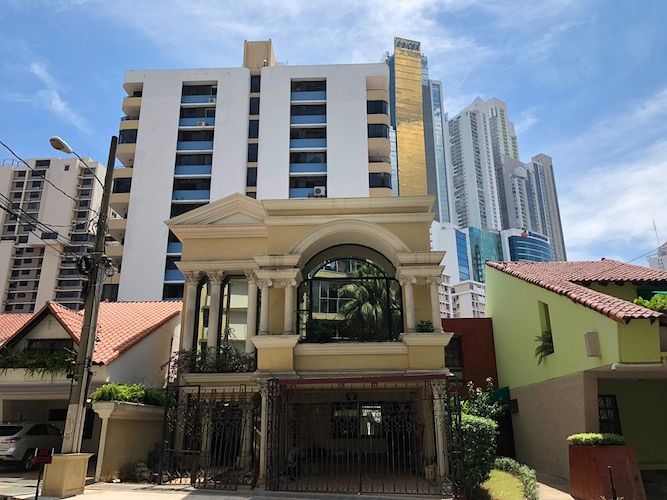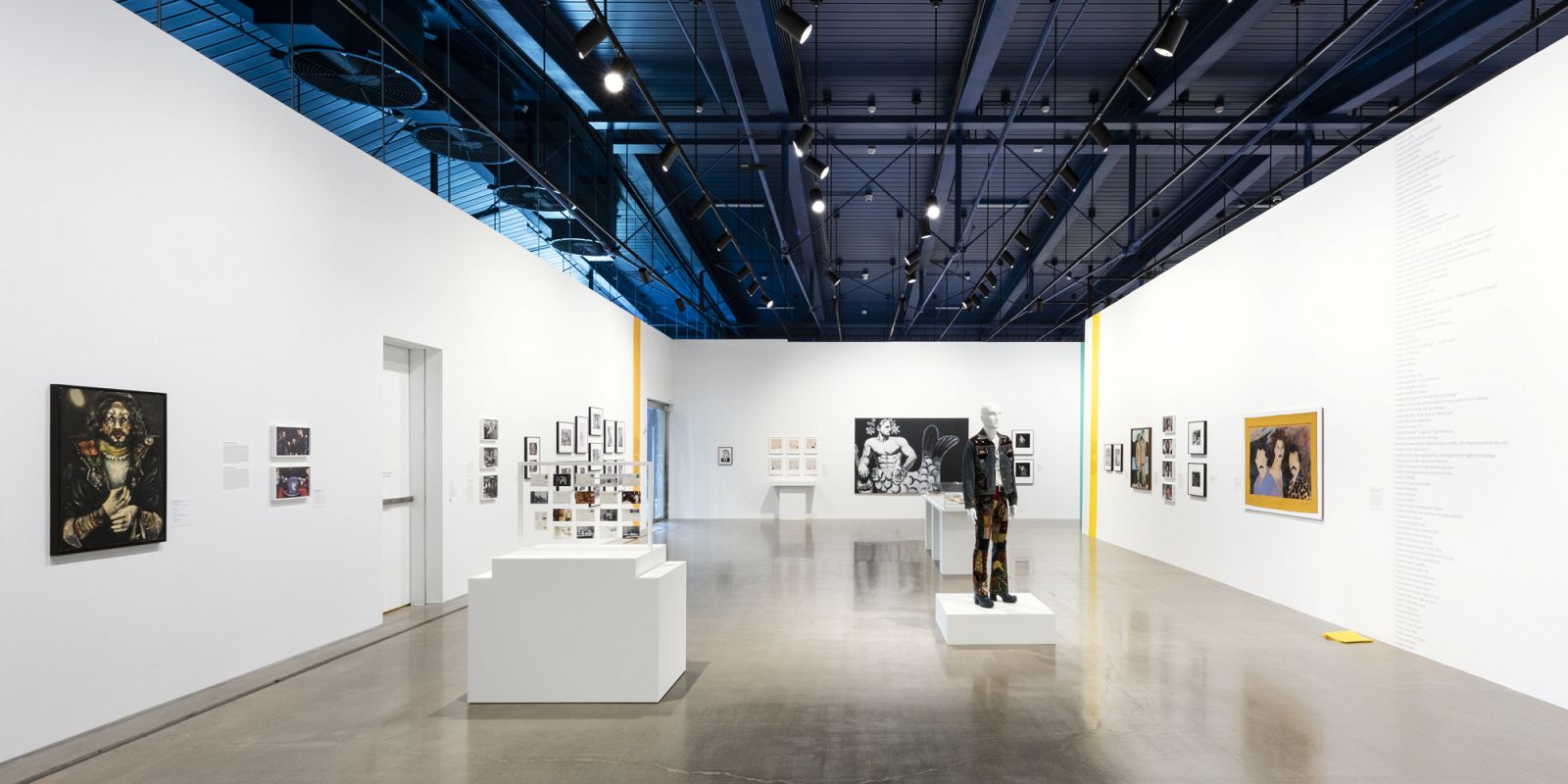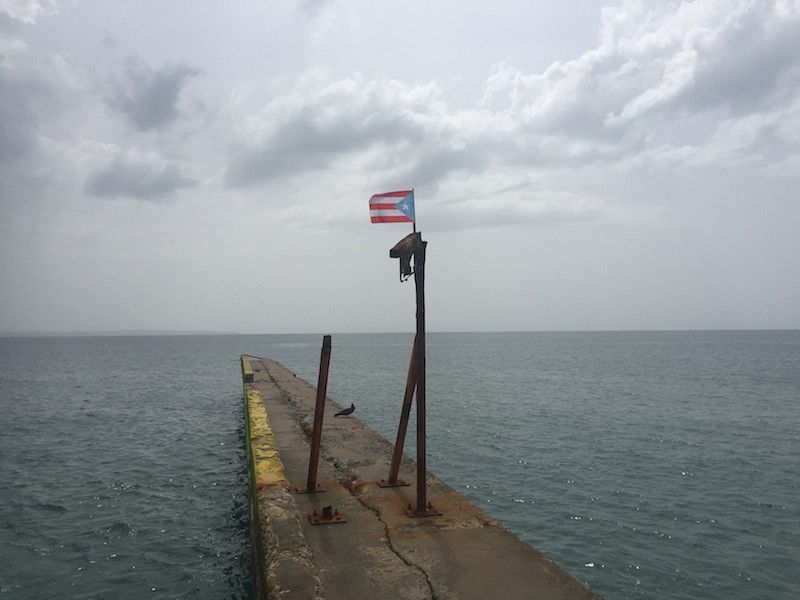Curator Elite Kedan developed this propsal during the Summer 2010 Curatorial Intitiative in New York
Monumental explores the role architecture plays in our contemporary public consciousness through a series of experimental and participatory exhibitions. The product will be a series of events developed around updated architectural notions of monument (in the built and cultural environment), and a number of supporting media including a publication documenting the events’ process and outcome.
The word, monument, as it applies to architecture, most commonly implies a public structure with a memorial function, (intentional or acquired) – a repository of memory and meaning embedded in form and function, marking our cities and landscapes. The monument is typically understood as a figure that’s singular, iconic, heroic.
At its best, the monument captures the public imagination, crystallizes a moment, a culture, a desire. At the same time, it’s a contested term – at once superficial and loaded. Its power (its iconography, symbolism, how it galvanizes a community or culture) can also be its weakness – its figural or associational impact masks its complexity. It can become shorthand for a set of ideas, memories, projections which, when taken at face value, and in their very familiarity blinds us to question the richness or relevance embedded within. The misconception is that the monumental is monolithic. Rather, it’s a complex, layered, construct – relational and dynamic.
In the modern American landscape the monument has come to take on physical and formal manifestations beyond the classical object/building, and it might be more appropriate, rather than fixating on a single typology, to speak instead, of the ‘monumental’, in terms of the built structures that truly function as such in American contemporary society. One could argue that forms of the past which we’ve passively accepted as monuments have become devoid of meaning and woefully inadequate to embody and speak to contemporary collective attitudes and experience. Instead of rehashing old shapes we should be looking at a whole other set of forms, landscapes and activities that more accurately capture our experience in the public realm.
The project proposes that we look at the monument not as a singular object but as something that can exist in several forms and in multiple sites (beginning in Miami). It will include five shows progressively increasing in scale from the very small to the very large (both in subject matter and in scope of exhibit/event). The shifts in scale are intended to address issues of monument at a variety of scales, from community locale to culture at large, and arrive at a fuller expression of the relevant contemporary monument.
The result will be to create a series of events and accompanying media that can be experienced in different venues. These formats may include a white box installation, an alternative tour of Miami, site-specific outdoor sound and media installations, temporary structures employing digital and hand fabrication, maps/guides designed for portable media, a physical and digital book, and other formats employing artistic, architectural, historical, performance and other means that help convey the messages of contemporary place and meaning.
All events and media will be connected through a website which will also allow audiences to add their own ‘monuments’ and stories from their surroundings. The attitude towards the subject is one of using humor and pleasure to break down architectural issues that take themselves too seriously, while lending gravity to overlooked or undervalued critical architectural monuments.
Objectives
It is hoped that a public rethinking of the monument can happen through rethinking the exhibit as a series of events. The idea is to create awareness, break down meanings, and engender new appreciation, demands and desires for varied monumental forms existing, ‘hidden’, and yet to be imagined in the built public realm, in the following ways:
1. Unpack the Monument. The monument and its defining characteristics is the architectural trope at the center of this series of shows. It is deployed as the subject that is, though shifting and at times ambiguous, nonetheless compelling and accessible to various audiences. The idea is to break down overarching architectural subjects into more discrete experiences – in order to create an opening for audiences to examine the relevance and complexity of the monument in our lives, to highlight relevant overlooked or ‘invisible’ monuments and, largely, to foster a more public critical engagement with architecture.
2. Unpack the Architecture Exhibition. A series of shows are proposed that address a number of problematic aspects of conventional architectural exhibitions such as the over-didactic and largely characterless methods of display, through more participatory, performative, and/or generative means of exhibition.
Smaller, agile events are proposed in lieu of comprehensive, high-production exhibition, both in their ability to breakdown content into more discrete and accessible experiences. Breaking shows down is also a means to maximizing the constraints (limited budget and resources) currently faced in conceptualizing and producing shows. Perfecting the minimal show (minimal means, maximum impact) at a variety of scales; exploring ephemeral, Fluxus-like formats as a way to comment on the permanent; cultivating a variety and mix of audiences; as well as exploring a mix of variables (scale, advisors, media, formats, platforms/ subjects/ perspectives/ venues/ broadcasting, etc.) are also important factors in this enterprise.
Background
The public conversation about architecture in America is generally very limited. A primary story expressed in popular media is that of the iconic monument born from the headstrong, larger-than-life genius. The domestic front of consumer magazines, do-it-yourselfers, and home improvement television (‘This Old House’ and HGTV) exemplifies the other side of the same (American) coin – individualism as expressed through home-ownership, pragmatic tinkering, and trend-conscious decorating.
These are well-intentioned archetypes – the notions of self-reliance and pride of home are positive, motivating qualities for the individual and citizen in the latter story. And the heroic narrative is a resonant one across a broader culture, exemplifying ideas about strong vision, leadership and risk-taking/innovation. What’s missing is critical or strategic thinking (in a popular setting) about the roles and meanings these architectural subjects have in our lives, where great design fits in, who decides what’s good and why, and how we can influence the shape of our neighborhoods and cities.
These stories are, at best, incomplete; and at worst, outdated – limiting the way we see our surroundings, and putting a damper on encouraging relevant, compelling new visions and stories. These stereotypes, when mindlessly applied to our public spaces result in the spectacular yet substantively bankrupt structures of City Center Las Vegas or the megatowers of Dubai which are arguably anti-public. What is different about our culture today that warrants new forms, and what never changes? What kinds of monument can activate and positively shape our contemporary set of experiences?
The intent here is not to renounce the heroic monument, but to fill in the story (of why we have them) – break it down, make connections, examine and discover new beauty, irregularities, imperfections, fissures. The idea is to critique, yes, but more importantly, to use various exhibition structures to create conditions that allow us to see our built surroundings – see it as more human, more complex and extraordinary.
The classical model of monument as a “permanent symbol of human kind’s ability to master the aleatory forces of nature” [9] was the prevailing notion at the beginning of the 20th Century, although during the same period it also came to include the new functional industrial structures inspiring the tectonic vocabulary of modernism (eg. Corbusier’s depictions of airplane hangars, ships and grain elevators in “Towards a New Architecture”). However, overtly monumental forms favored by authoritarian regimes as well as postmodern consciousness/critique brought the monument into a crisis of meaning to include non-object, populist/low-brow forms of expression.
The monument and what we consider monumental has therefore come to take on a broad range of articulation in the built world: from the object-based notion of a singular form (eg. Washington Monument, and the first image that comes up when you Google “monument”) to the non-object manifestation of the charged Vietnam Memorial (notably, designed by a woman). It includes the highest form of intentional, authorial expression (Seagram Building), to ‘low-brow’, populist/anonymous/non-building forms (Las Vegas strip signage via Venturi and Scott-Brown). And it can encompass a vast range of scale (physically and psychically), from the public and infrastructural (eg. LA freeway), to the personal markers (highway memorials) at the edges of those structures. And then there are the recent megastructures that amplify received notions of monument (towers and spires). While they’re stunning feats of engineering and design, are these really relevant monuments for our time, or are they ruins of a perishing set of values, a “gothic high-tech”? [18] Using the stereotypes of monument as a departure point, this project hopes to foster personal engagement and public conversation about the forms and messages that shape our urban experience.
Structure
A series of five events is proposed -- increasing in scale, from very small to quite large -- over the course of 15 months (or four shows over the course of 12 months). A pilot show is to be assembled by December 2010 in Miami, FL. Shows will be generated and implemented through a network of groups and individuals which include the following: multidisciplinary Advisory/Conversational group meeting once every three months to determine parameters and approach of each show, Content Partners including artists, architects, historians, students and others that will participate in developing events, and Partners in funding and hosting events including public and private organizations and individuals. The timeframe and length of each event, as well as thematic content, will be specific to the context of events and determined by the Advisory group.
Publication
The process and outcome of the shows will be documented and collected in an accompanying publication that will include additional material (critical and interpretive contributions) exploring in more depth the relevant issues of Monumental. Documentation and additional content may be commissioned (by artists, designers, other), or may be interactive and participatory and may take such form as photography, drawings, transcripts, essays (written or image-based), etc. It is intended that the publication will represent its own tactile ‘monument’ produced by the series of events.
Learn more
For further information about this project or The Curatorial Intensive, please email info@curatorsintl.org.






